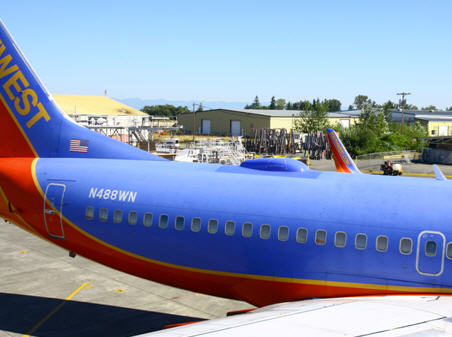Because it says "drag", my guess is that implies an external antenna.
For example (which I found using a Google search),
Commercial and Large VIP Aircraft Broadband Internet Solutions
HR6400 Antenna System
The HR6400 antenna system for commercial and large VIP aircraft
provides passengers and crew true wireless broadband Internet access.
No matter where you fly - over land or water in any region of the
world - you can browse the Internet, send and receive emails in
real-time, use Voice-Over-IP (VoIP) telephony, access your VPN,
conduct video conferencing, and watch IP television.
The emerging standard for Ku-band systems with the most efficient
Ku-band antenna available, the HR6400 is mounted on the aircraft's
fuselage, providing all the performance you need in the smallest
possible footprint. The easy-to-install HR6400 comes complete with
antenna, antenna control unit, high power transceiver, radome, and
radome attachment ring. It covers everything from the energy coming
from the satellite to the modem connection.
For example, here is a typical antenna installation (not necessarily the one mentioned above) on a 737:


